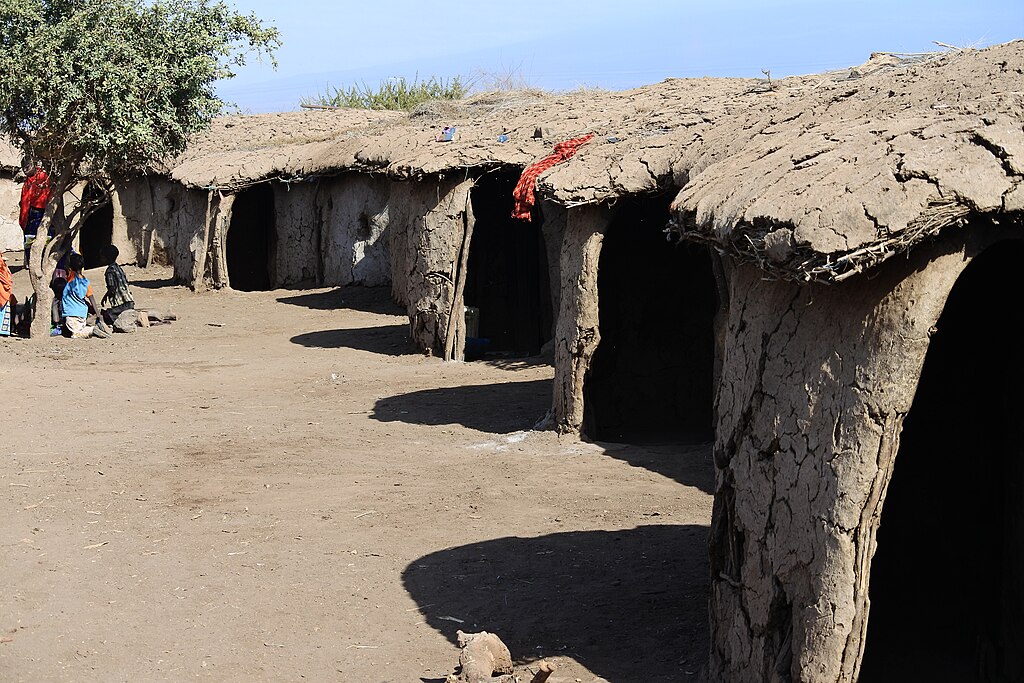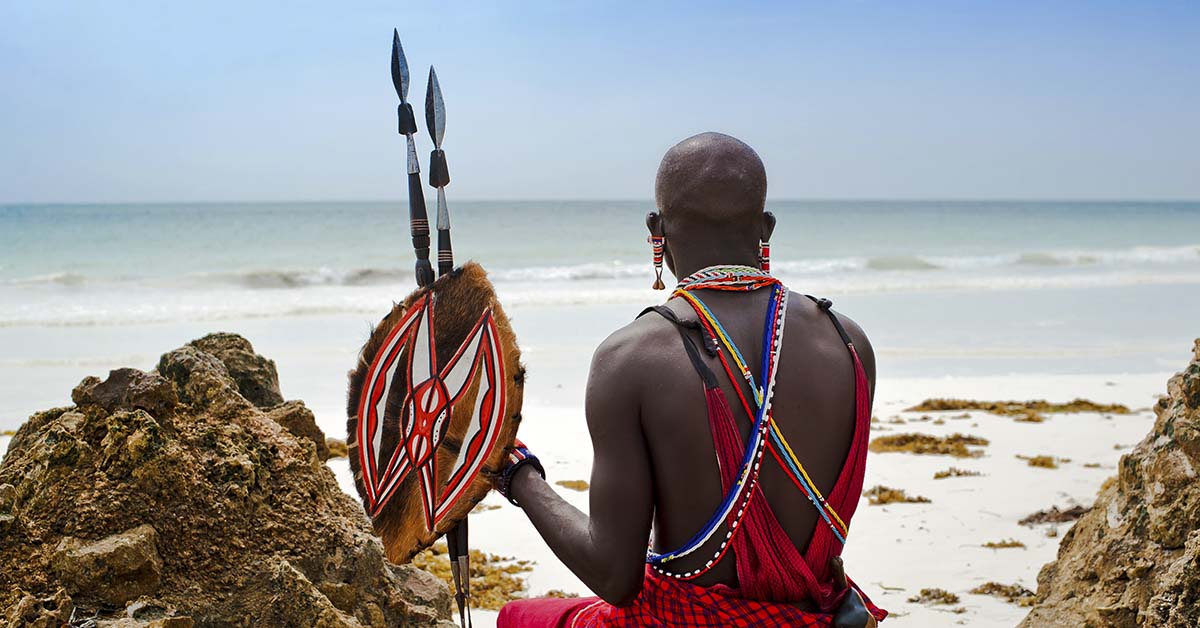Twenty-four years have passed since September 11, 2001. Kimeli Naiyomah, a proud member of the Maasai Tribe, stood in New York City that day, watching the towers fall. The country that had lifted him from poverty had just been attacked. As a Maasai warrior trained to rush toward danger, he knew he couldn’t help at Ground Zero. Nine months later, Kimeli would convince his village to give America their most precious gift: 14 cows.
From Poverty to America
Born around 1977 in Enoosaen, Kimeli’s family was so poor the Maasai Tribe barely counted them as members. His village had no water, electricity, phones, or roads. His tribe considered his family subhuman because they owned no cattle. He lost his grandmother to murder and watched his mother battle alcoholism in their mud hut. Before he knew what a doctor was, he said he wanted to heal people like her.
At fourteen, he ran away to Empurkel Primary School, where lessons happened under trees. When he outgrew this makeshift classroom, he walked nine hours to Kilgoris Boys’ Secondary School. He told the principal he had no money, no uniform, no books, no family, but he wanted to learn. The principal looked at this determined boy and accepted him.
Word of Kimeli’s determination reached a Washington Post reporter, who traveled to Kenya to write about this young man dreaming of medical school in America. The front-page story changed everything. A scholarship from Oregon arrived, along with donations from strangers across America. “You can imagine how I felt when I received a letter offering me a scholarship,” he said years later. “It’s like getting a letter from God when you know you’re not qualified for heaven.”
Even his tribal elders, who had once dismissed his family as worthless, raised $5,000 for his dreams. Kimeli enrolled at Oregon in 1996, then transferred to Stanford University, where he earned undergraduate and graduate degrees in biological sciences.
When Elders Stood to Give Their Hearts

In May 2002, Kimeli returned home to Enoosaen and called a meeting with tribal elders. He told them about the horrors he had witnessed in New York. Many had never heard of the 9/11 attacks. The Maasai Tribe couldn’t imagine buildings that tall or planes closer than distant specks in the African sky.
Then Kimeli shared his plan. He wanted to buy a cow and give it to America.
The elders sat in stunned silence. For the Maasai, cattle are everything. Each animal gets a name and becomes part of the daily conversation and ritual. The cattle provide milk, blood for ceremonies, and a spiritual connection to ancestors. They are sacred.
As Kimeli finished speaking, something remarkable happened. Elder after elder stood and offered their own cows. One elder told reporters a cow is “a handkerchief to wipe away tears.” Fourteen animals were pledged that day.
On June 3, 2002, over 1,000 Maasai gathered for the ceremony. They walked for hours from distant villages. Maasai women performed the drought dance they usually do to praise God during hard times.
Acting US diplomat William Brencick traveled half a day through dangerous roads to accept the symbolic gift. He expected a handful of people. Instead, he found a massive celebration with American flags, “The Star Spangled Banner” playing on loudspeakers, and banners declaring “To the people of America,” “We are touched by your loss,” and “We give these cows to help you.” The overwhelming emotion was powerful for both the Maasai Tribe and the American diplomat
Read More: 9/11 Survivors and Responders facing Health Issues 23 years later
Seven Thousand Miles Too Far
U.S. animal health rules prevented African cattle from entering, the cost of shipping would have halved the herd’s value, and a 7,250-mile sea crossing was likely to kill many of the animals.
Washington Times columnist Tony Blankley wondered how the US could get 80,000 troops into Afghanistan but couldn’t get 14 head of cattle out of Africa. Some Maasai couldn’t understand why the Americans didn’t just load the cattle on a truck and drive them to America.
Cows with Twin Tower Ears
Four years later, Ambassador Michael Ranneberger arrived in Enoosaen with a solution. The cattle would stay in Kenya, tended by the Maasai Tribe forever as America’s official herd. Their offspring would fund scholarships for village children. The US embassy built a school and water project for the mainly nomadic Maasai.
By 2006, the original fourteen cows had multiplied to several dozen. Each cow bears Twin Tower markings carved into its ears. The scholarships continue, supporting students who weren’t born when the towers fell.
The gesture touched hearts worldwide. After news coverage spread, 40,000 Americans sent letters thanking the tribe.
The story of the Maasai Tribe inspired a New York Times bestselling children’s book, “14 Cows for America,” written by Carmen Agra Deedy with Kimeli. A painting of the cows now hangs in the 9/11 Memorial & Museum in New York. Free copies of the book are available for families who lost loved ones on September 11.
Kimeli’s philosophy shaped it all. “To heal a sorrowing heart, give something dear to your own,” he explained. The value of comfort isn’t measured by convenience but by what it costs the giver. Those fourteen cows mattered because they represented everything the Maasai held sacred.
When the world seemed broken after 9/11, a village half a globe away asked the only question that mattered. What can we do for these poor people?
Kimeli completed a Rotary International World Peace Fellowship at Duke University and chose diplomacy over medicine. He now runs community development projects that bring clean water to his village and distribute solar lanterns to thousands of households. The boy who once slept under trees had become a bridge between worlds, proof that compassion travels both ways across oceans.
Read More: Rare 9/11 Footage Reveals Heartbreaking Close-Up of Second Plane Striking Tower

